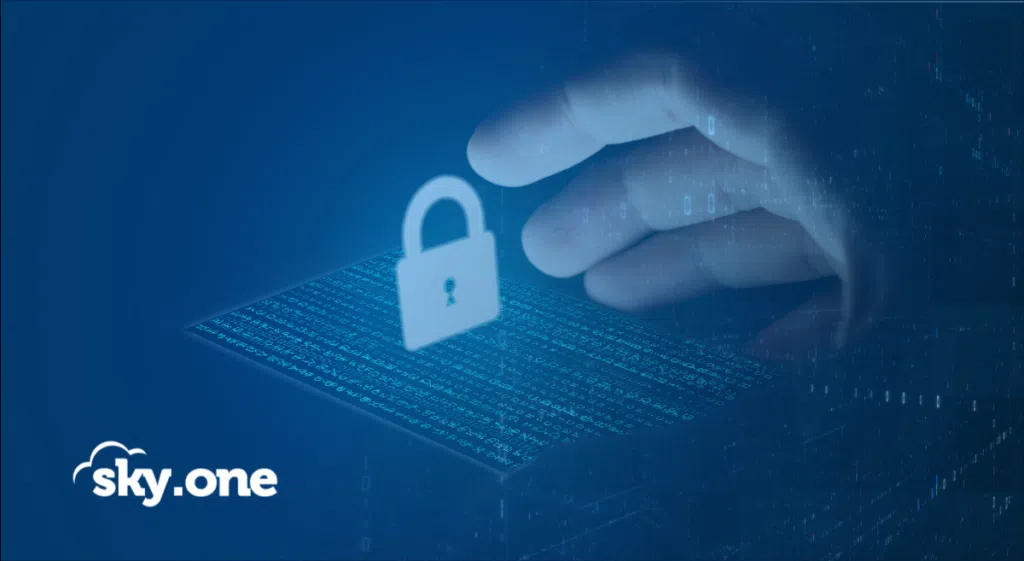In the digital era we live in, information security is a fundamental concern for all organizations, regardless of their size or sector of activity.
ransomware attacks to data breaches, developing and implementing an incident response plan has become a necessity to ensure asset protection and business continuity.
Today, although attackers are incorporating sophisticated techniques to avoid detection, a report from G ogle Cloud points out that some criminals are resurrecting old techniques that are no longer widely used today.
Faced with this scenario, companies need to be prepared, strengthening their information security posture and protecting their most precious assets against the increasingly diverse of the digital world.
So in this article, we'll explore the process of developing an effective incident response plan, from identifying and classifying potential threats to creating response and recovery protocols.
Additionally, we will discuss best practices, tools and strategies to ensure your organization is prepared to deal with information security incidents in a quick, efficient and coordinated manner.

What are information security incidents?
Information security incidents are events that compromise the confidentiality, integrity or availability of data in an organization.
Thus, these events may be the result of vulnerabilities exploited by cyberattacks, accidental failures, or deliberate internal actions. Regardless of the cause, they can have serious consequences for companies.
What are the most common types of information security incidents?
In the business context, cybersecurity is no longer an option, but a necessity. Threats are becoming increasingly sophisticated and can compromise not only important data, but also the reputation and operational continuity of a business.
See below the most common types of security incidents:
- Malware attacks : such as viruses, worms and ransomware that can infect systems and compromise data;
- Phishing: where malicious actors attempt to obtain confidential information through false emails or communications;
- Denial of Service (DoS) attacks: which overload systems, making them unavailable to legitimate users;
- Intrusions: when an attacker gains unauthorized access to company information systems.
These incidents exploit different vulnerabilities in systems and networks. Therefore, it is vital that organizations implement robust information security strategies to mitigate them. Therefore, a incident response plan plays a fundamental role.
Step by step: how to develop an incident response plan
The development of an incident response plan is essential for risk management and compliance with the LGPD, for example. It empowers organizations to efficiently deal with threats such as malware , ransomware, phishing and other attacks perpetrated by cybercriminals.
Check out the step-by-step guide we prepared to help your company develop one:
Formation of an Incident Response Team (IRT)
The first step is to form a multidisciplinary team dedicated to responding to security incidents. This team should include members with diverse skills in access control, system analysis and risk management.
Identification and classification of incidents
Create procedures for immediate identification of incidents. Sort them based on severity, impact, and type, whether it's a phishing attack, malware, or another threat.
Preparation and training
Prepare the team with appropriate tools to combat incidents and conduct regular training to simulate crisis situations, keeping the team alert and ready to act.
Incident detection and triage
Implement systems that detect and triage incidents. Security tools must include access control mechanisms to minimize vulnerabilities and detect intrusions.
Containment and eradication
Once an incident is detected, the team must work quickly to contain and eradicate it, preventing the spread of malware or ransomware and preventing future intrusions.
Research and analysis
After containment, investigating the causes and analyzing the impact of the incident is essential. This helps improve defense strategies and understand cybercriminals' tactics.
Notification and communication
Comply with all LGPD requirements, notifying the competent authorities and affected parties within the determined deadlines. Clear and transparent communication is vital.
Recovery and learnings
Establish a recovery strategy for affected systems and collect learnings to improve response to future incidents, reviewing and adapting plans as necessary.
Continuous maintenance and review
Perform regular maintenance and continually review your incident response plan to adapt to new threats and keep information security up to date and effective.
Tools to help detect, respond, and remediate incidents
Today, organizations can equip themselves with various tools and technologies to strengthen information security and responsiveness. Therefore, these tools are essential for rapid detection and response to incidents, minimizing negative consequences. Let's look at some of them:
Threat Analysis
In threat analysis, advanced systems and specialized teams work to proactively identify suspicious patterns and vulnerabilities. Auditing tools play a crucial role in this regard, examining systems for anomalous behavior and security flaws.
Endpoint Detection and Response (EDR)
EDR solutions are used to monitor and analyze activities on network endpoints They identify and investigate suspected insider threats and human error, and automatically respond to incidents.
Pentest
Penetration testing, or Pentest , is an efficient method of testing system security through cyber attack simulations It exposes vulnerabilities before attackers can exploit them, serving as an essential preventative measure.
Password Vault
To manage secure access to sensitive information, the password vault stores and organizes encrypted credentials, restricting access to authorized users only and reducing the likelihood of sensitive data exposure.
Security Operations Center (SOC)
The SOC acts as the intelligence hub, where continuous monitoring and incident response takes place. A combination of antivirus, firewalls, and intrusion detection systems is used to defend IT infrastructure.
Web Application Firewall (WAF)
WAF protects web applications by filtering and monitoring traffic between the web application and the internet. It is instrumental in preventing attacks such as cross-site scripting (XSS) and SQL injection.
Compliance with LGPD (Brazilian general data protection law)
Compliance tools help organizations adapt to the General Data Protection Law (LGPD). They help with data encryption, managing user consent, and carrying out data protection impact assessments.
Protect your business with Skyone
Now that you understand that cybersecurity is not an option, but a necessity for any company experiencing digital transformation, being able to count on a specialized partner to protect your business is the next step towards success.
We, at Skyone , stand out in implementing IT security solutions that accompany your company on its digital journey. Faced with the growth of remote work and the increased use of cloud services, we are a strategic partner in establishing robust and reliable protection practices. With a wide range of cybersecurity solutions , our platform protects your business against increasingly sophisticated cyber threats.
Find out more about our platform!
Conclusion
As we have seen throughout this article, information security is a critical area for companies of any size or sector. With the increasing amount of data created, shared and stored in digital environments, protecting this information against unauthorized access and cyber attacks has become essential.
Therefore, robust security strategies must be implemented to ensure that sensitive information is protected, ensuring the confidentiality, integrity and availability of data.
Want to know more about information security? Check out our special guide on the subject!




